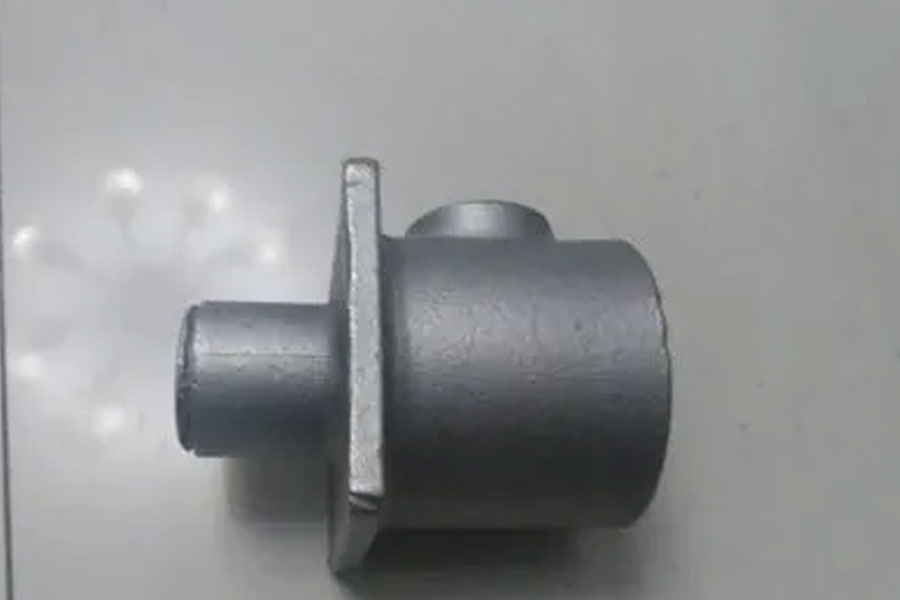Cast steel is the steel used for castings and is a kind of casting alloy. Cast steel is a way of industrially producing parts and components, and it is also a way that is widely used. Cast steel can be divided into different cast steel categories according to the carbon content. Carbon cast steel is divided into: C≤0.20% is low carbon steel; C0.2~0.5% is medium carbon steel; C≥0.5% 0.5% is high carbon steel. Cast steel can be divided into: carbon cast steel and alloy cast steel according to chemical composition. Alloy steel is divided into low alloy steel and high alloy steel according to the content of alloying elements. The following is the analysis of the characteristics of three different types of cast steel: cast low alloy steel, cast special steel and cast carbon steel.
- 1. Cast low alloy steel: cast steel containing alloying elements such as manganese, chromium, and copper. The total amount of alloying elements is generally less than 5%, which has greater impact toughness and better mechanical properties through heat treatment. Casting low alloy steel has better performance than carbon steel, which can reduce the quality of parts and improve the service life.
- 2. Casting special steel: Alloy cast steel made to meet special needs has a wide variety, usually containing one or more high-alloy elements to obtain certain special properties. For example, high manganese steel containing 11% to 14% manganese is resistant to impact wear and is mostly used for wear-resistant parts of mining machinery and construction machinery; various stainless steels with chromium or chromium-nickel as the main alloying elements are used in corrosion or 650 Parts that work under high temperature conditions above ℃, such as chemical valve bodies, pumps, containers or steam turbine casings of large-capacity power plants.
- 3. Cast carbon steel: cast steel with carbon as the main alloying element and a small amount of other elements. The carbon content is less than 0.2% is cast low carbon steel, the carbon content is 0.2% to 0.5% is cast medium carbon steel, and the carbon content is more than 0.5% is cast high carbon steel. With the increase of carbon content, the strength and hardness of cast carbon steel increase. Cast carbon steel has high strength, plasticity and toughness, and low cost. It is used in heavy machinery to manufacture parts that bear heavy loads, such as rolling mill stands, hydraulic press bases, etc. Parts that are also impacted such as bolsters, side frames, wheels and couplers.
The amount of carbon content and alloy content determines the classification of cast steel and the characteristics of cast steel. Different cast steels are used in different ranges, so it is of great help for the correct selection of steel castings. Buyers should carefully understand the characteristics and choose steel castings reasonably.

